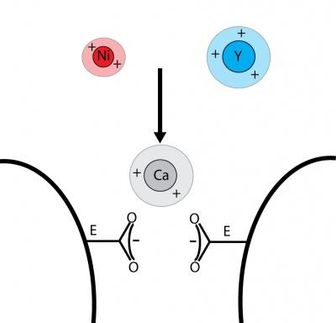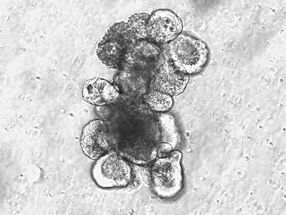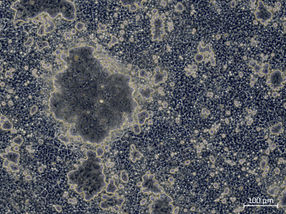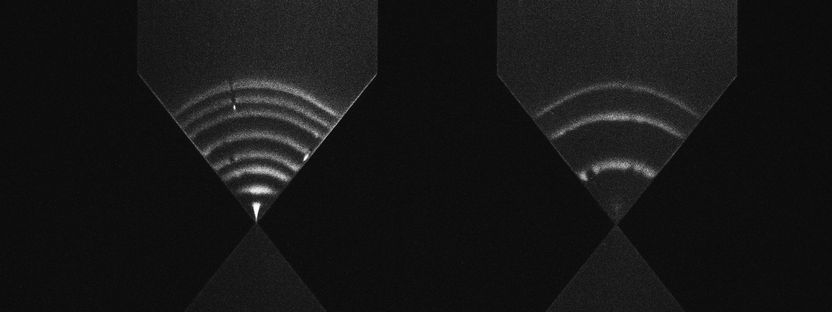Breakthrough at Ark opens way to reduce side-effects and increase efficacy of anti-cancer therapies
Unique DNA-based targeting technology Scavidin halts tumour progression with one-tenth of conventional chemotherapy dose
Advertisement
Ark Therapeutics Group plc announced that its novel gene-based drug targeting platform technology, Scavidin(R) has been shown to be highly effective in stopping tumour development in two cancer treatment models, using low doses of existing anti-cancer agents which would be sub-therapeutic if administered conventionally. Scavidin(R) was used to target and concentrate intravenous doses of as little as one-tenth the conventional levels of the radioisotope Yttrium(90) in one model, and the chemotherapy drug paclitaxel in another, to tumours growing under the skin. The results indicate a wide utility for this leading edge technology in very large markets.
Scavidin(R) is a novel two-part drug targeting technology originating from the DNA which expresses the scavenger receptor on white blood cells. This natural receptor usually collects undesired fats and damaged cells and membranes from the blood, taking them into the white blood cells and releasing them for destruction as part of the body's natural 'clean up' system. By modifying the DNA sequence for such receptor types, Ark has developed a new family of receptors which specifically bind only to the protein biotin, a naturally occurring substance which can easily be attached to therapeutic agents.
The Scavidin(R) DNA is put into the tumour where it expresses the new drug targeting receptor. The therapeutic agent, pre-tagged with biotin, is then given intravenously at low doses. As the therapeutic agent circulates round the body, Scavidin(R) extracts it from the blood by binding to the biotin tag, taking it into the cell and releasing it. The receptor then goes back and collects more. This revolutionary 'molecular shuttle' system concentrates the therapeutic agent from a low and ineffective dose in the blood to a high therapeutic dose specifically in the target tissue. In this way an important and highly effective therapeutic, which could have a poor safety profile (such as chemotherapy with high unwanted side-effects) at a traditional dose, may be given in a low and safe dose systemically, with Scavidin(R) concentrating it specifically at the disease site where its treatment effect is needed. As such, it has enormous potential across many disease areas.




























































